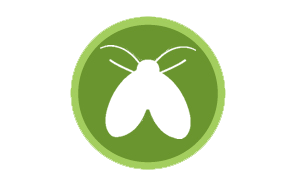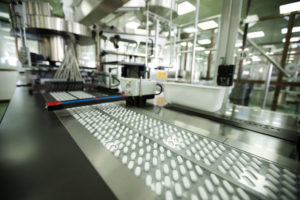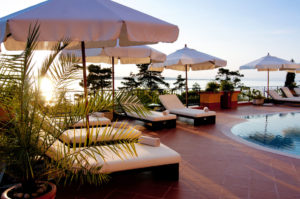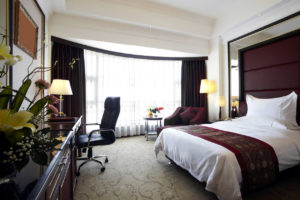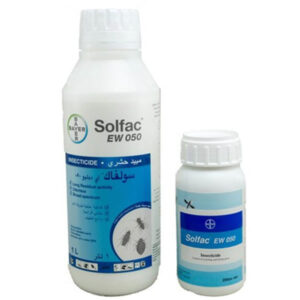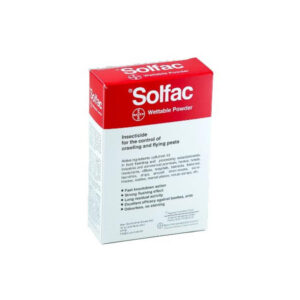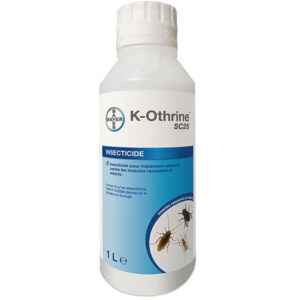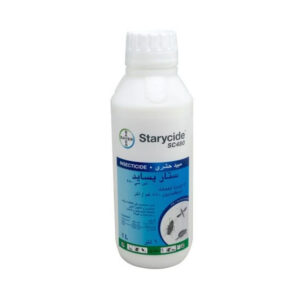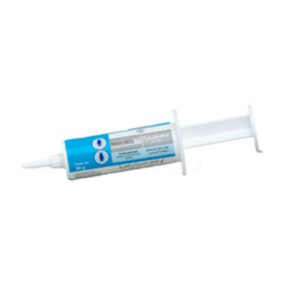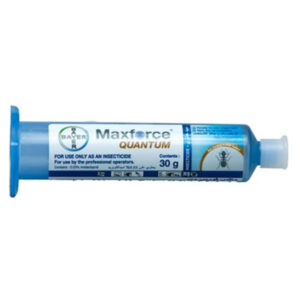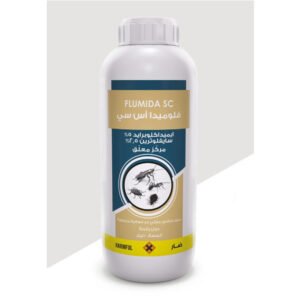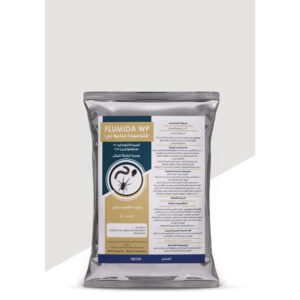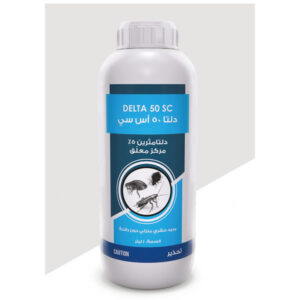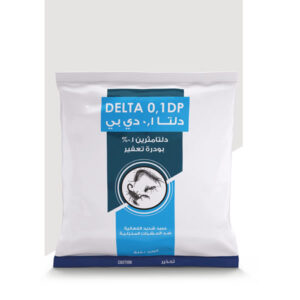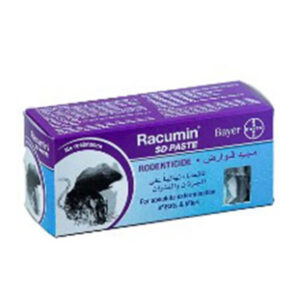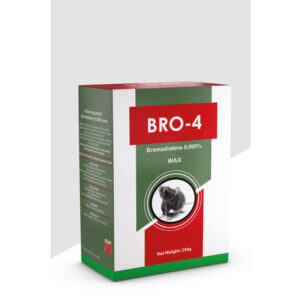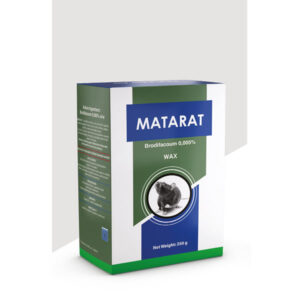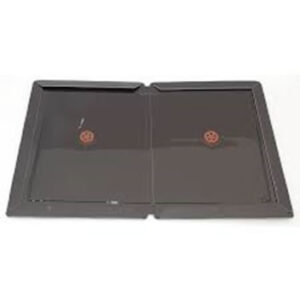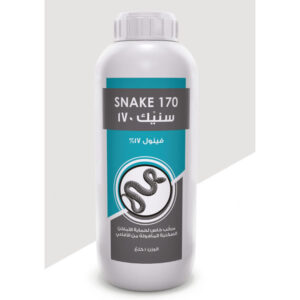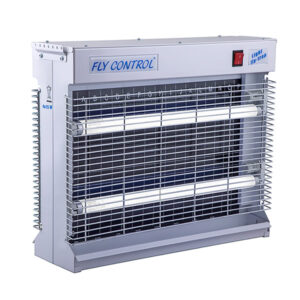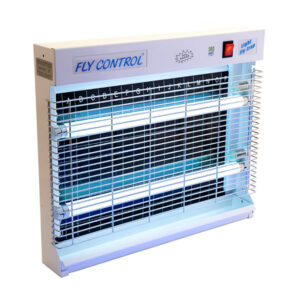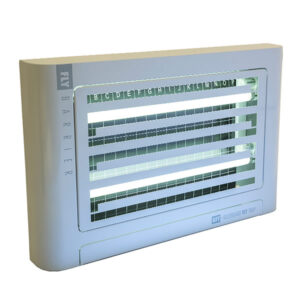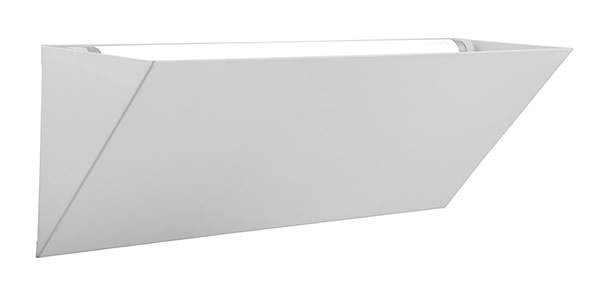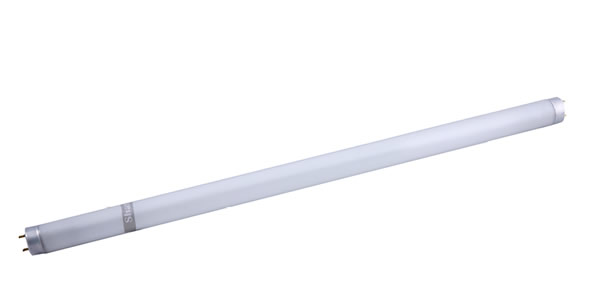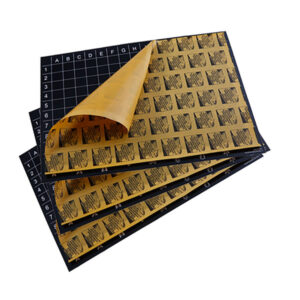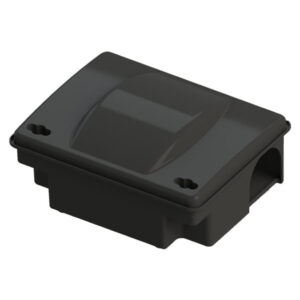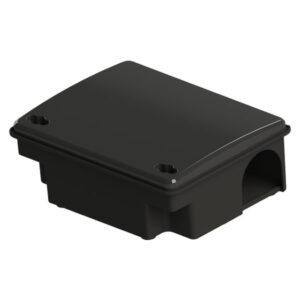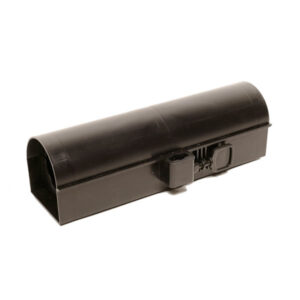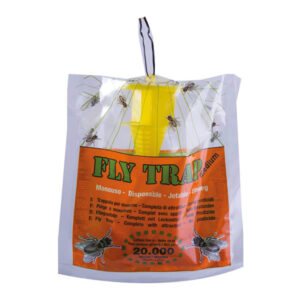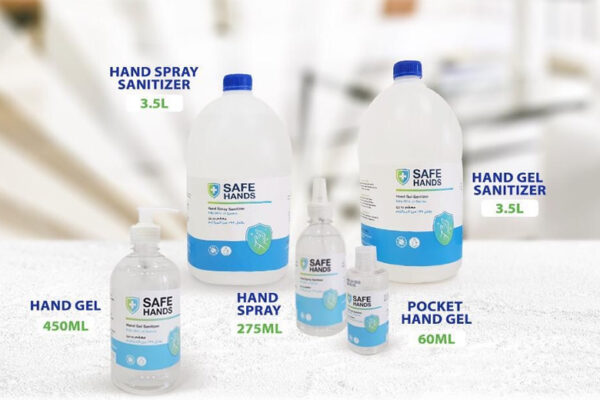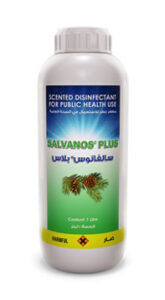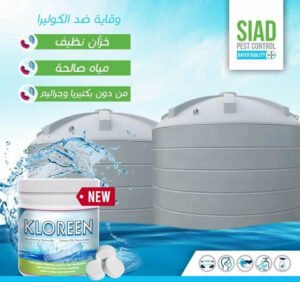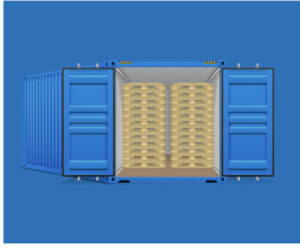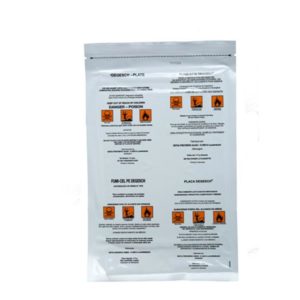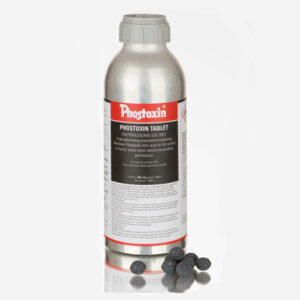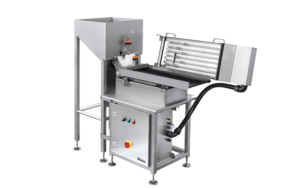
Species characteristics:
Adults, 6-8mm long with 13-15mm wingspan; grey thorax with 4 longitudinal dark stripes.
Life cycle:
Forty-eight hours after emergence as an adult, the female commences egg laying. During her adult life of 1-3 months she is capable of producing 4-5 batches of 100-150 eggs (1mm in length).
Those are laid in moist decaying matter such as household refuse, compost or dung. The eggs hatch in 8-48 giving larvae.
In the summer larval development may be completed within a few days, but in winter this process may take more than a month. Depending upon conditions, adults emerge 3 days to 4 weeks later. The full cycle is generally completed between one and 4 weeks, depending upon temperature. Under temperate conditions as many as 12 generations of flies may breed in one season.
Host/Habitat:
They are highly active indoors. Rubbish, manure… In colder climates breeding generally ceases before winter. However, in warm environments houseflies remain active and reproduce throughout the year.
Houseflies as pest:
Houseflies can transmit intestinal worms or their eggs & are potential vectors of diseases suchas dysentery, gastroenteritis, typhoid, cholera andtuberculosis. Fly spotting, produced when the insect feeds or defecates, results in rejection of contaminated farm produce, for example eggs, at point of sale.
They will frequent and feed indiscriminately on any liquefiable solid food, which may equally be moist, putrefying material or food stored for human consumption. Flies liquefy food by regurgitating digestive juices and their stomach contents on to the food substance. This ‘liquid’ is then drawn up by the suctorial mouthparts and in so doing the insects pick up pathogenic organisms, which may collect on their bodies to be transferred on contact with other surfaces or survive passage through the gut to be depos
Fogging treatment:
Fogging treatments include the release of a powerful insecticide smoke or mist into the atmosphere killing all flying insects.
Ultra-Low Volume (ULV) treatment:
SIAD Pest Control uses ULV treatment, a highly effective method of eradicating flies and other flying insects.
Outdoor fly trap:
Outdoor fly trap is a non-chemical fly control method that attracts flies into a small hole at the top of the bag and are contained, unable to escape.









